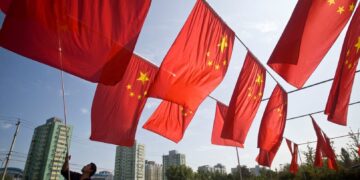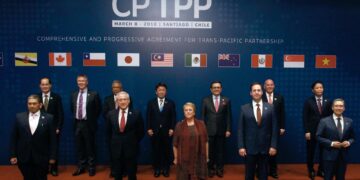By Mini vandePol and Fung Hui
China launched a two-invoice system for drug distribution on a trial basis to improve transparency in drug prices and eliminate excessive profit margins associated with multi-tier distribution models. This is the first time Chinese regulators have officially launched the two-invoice system, which had been debated for more thana decade. The system is expected to be fully implemented in public hospitals by the end of 2018.
Major implications for the pharmaceutical industry
The two-invoice system—the issuing of the manufacturer’s invoice to the distributor followed by the distributor’s invoice to the end customer (the hospital)—has important implications for pharmaceutical companies doing business in China. Such companies might have to adjust their business model, and:
- Engage more first-tier distributors to ensure geographic coverage by restructuring second- or third-tier distributors as first-tier distributors.
- Directly sell drug products to hospitals with the assistance of qualified logistic service providers.
- Review pricing strategy and strengthen internal marketing or outsource the promotion and marketing function.
The two-invoice system will also affect large Chinese pharma distribution companies, which may acquire smaller operators to broaden geographic coverage and improve logistics service capabilities. Meanwhile, contract sales organizations (CSO) may find their services in demand for the provision of sales and promotion services to pharma companies.
From a compliance perspective, the new system could reduce corruption risk as it requires pharma companies to assess their distribution channels and network of third-party intermediaries, and improve the transparency of their invoicing procedures.
What are the highlights?
On December 12, 2016, the State Council and seven ministries jointly issued the Opinions on Implementation of Two-Invoice System in Drug Procurement by Public Medical Institutions (for trial implementation). The key features include:
- Defining the two-invoice requirements The two-invoice system generally requires a drug manufacturer to issue one invoice to its distributor. The distributor then issues a second invoice to the end customer, or hospital. Only one distributor is permitted to distribute drug products between the manufacturer and the hospital. The system also encourages manufacturers to directly sell drug products to hospitals with assistance from logistic service providers. Exceptions are granted for exclusive distributors of imported drugs, or intra-company transfers (such as between a distributor and its subsidiaries); emergency circumstances; distribution of specially administrated drugs (such as anesthetic); and hospitals in remote and rural areas.
- Strengthening administration of invoices Hospitals are required to obtain not only the invoice issued by the distributor to the hospital, but also the invoice issued by the drug manufacturer to the distributor affixed with the manufacturer’s logo. This creates profit margin transparency.
- Penalties for non-compliance Manufacturers or distributors that fail to comply may be disqualified from future bidding events or providing logistics support for hospitals and healthcare institutions, and blacklisted for drug procurement practices.
On January 24, 2017, the State Council issued opinions reiterating the goal to fully implement the two-invoice system across China by the end of 2018. They emphasize that distributors and hospitals should maintain detailed drug sales and purchase records to ensure consistency across invoices, books and records, drug products, and payments.
Local regulators (Guangdong, Shaanxi, Anhui, Chongqing, and Hainan) have issued implementing rules on the two-invoice system. While some rules slightly deviate from the Ministerial Opinions on how the concept of two invoices is defined, the common objective is to consolidate drug distribution and reduce prices.
Actions to consider: An opportunity to reassess risk
Depending on how existing business models are affected by the two-invoice requirement, pharma companies should remain aware of the following compliance issues:
- Restructuring distribution models requires a reassessment of third-party compliance due diligence. When onboarding former second- or third-tier distributors as first-tier distributors, pharma companies should consider enhanced compliance due diligence particularly where the smaller distributors serviced remote markets or would have had little or no interaction with the typical standards and controls required amongst multinationals subject to stringent anti-bribery compliance. Current distributors acquiring smaller players will need to put in place pre-acquisition compliance due diligence and carefully consider post-acquisition integration measures.
- A potential restructuring presents an excellent opportunity for pharma companies to train and communicate on anti-bribery risk and expectations for CSOs and newly on-boarded distributors.
- Engagement of CSOs may trigger potential third-party intermediary compliance risks and should be subject to comprehensive compliance due diligence, ongoing monitoring, and periodic audits.
- A direct sales model requires continuous oversight of the use of medical education funds, sponsorships, donations, and incentive programs.
- Invoice administration requires robust record-keeping mechanisms and systems, sound internal control procedures and protocols as well as ongoing monitoring and auditing.
About the author: Founded in 1949, Baker & McKenzie advises many of the world’s most dynamic and successful business organizations through our 12,000 staff in 77 offices in 47 countries. The Firm is known for its global perspective, deep understanding of the local language and culture of business, uncompromising commitment to excellence, and world-class fluency in its client service. Global revenues for the fiscal year ended June 30, 2015, were US$2.43 billion.






























